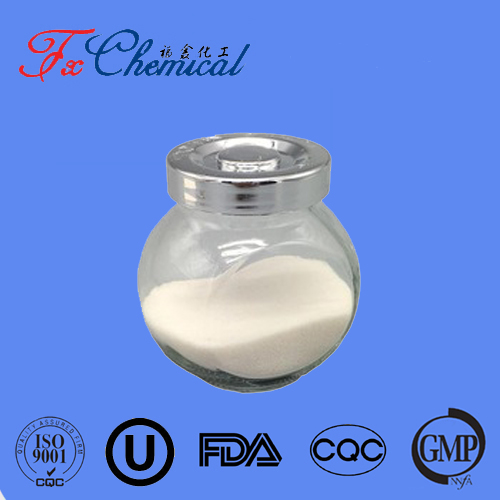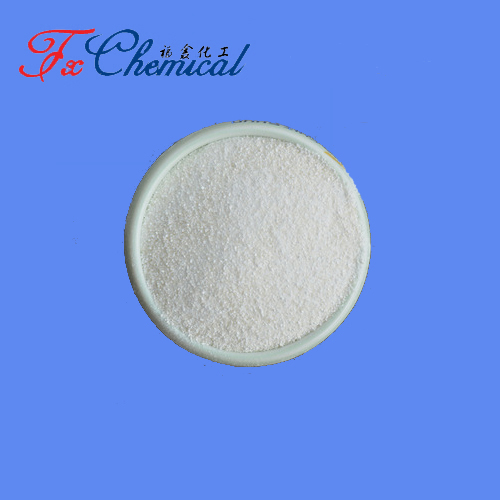
Search

Search

In the management of ruminant feeding, the use of a feed additive is extremely crucial. Besides common nutritional feed additive, a non-nutritional feed additive also plays an important role in improving animal performance and health. This additive not only enhances feed utilization efficiency but also promotes the overall health of ruminants. This article will detail several common non-nutritional feed additive types.
A buffer is a common non-nutritional feed additive used to adjust the pH balance in the rumen of ruminants, thereby optimizing the growth environment for microorganisms. Common buffers include sodium bicarbonate, magnesium oxide, and sodium acetate, and the use of this additive in ruminant feed shows significant effects.
Sodium Bicarbonate: Sodium bicarbonate is an effective buffer that can prevent acidosis caused by high feed acidity in ruminants. Its addition can increase rumen pH, thereby improving feed intake and nutrient absorption. Sodium bicarbonate is usually added at 1.5% to 2.0% of the concentrate mix or 0.75% to 1% of the total daily dry matter intake. Gradually increasing the additive amount can prevent a sudden drop in feed intake.
Magnesium Oxide: Magnesium oxide is used in feed to maintain a suitable rumen pH and increase dry matter intake. It has a positive effect on the magnesium content in the milk and blood of ruminants, helping to increase milk fat percentage. The recommended usage is 0.75% to 1% of the concentrate mix or 0.3% to 0.5% of the total daily dry matter intake.
Sodium Acetate: Sodium acetate decomposes into acetate and sodium ions in the animal body, which helps in fat synthesis and deposition. It also has a buffering effect, inhibiting lipase and activating fatty acid utilization. The recommended usage is 50 grams per 100 kilograms of body weight.
An enzyme additive is another important type of non-nutritional feed additive that can enhance nutrient digestion and absorption, especially effective for young ruminants.
Main Enzyme Types: Common enzyme additive types include α-amylase, protease, and cellulase. Studies have shown that adding these enzymes can compensate for the deficiencies of endogenous digestive enzymes in ruminants, promoting nutrient digestion and absorption.
Application Technology: For adult ruminants, an enzyme additive needs to be delivered directly to the small intestine using coating technology to improve starch and protein utilization rates. This method can more effectively enhance animal performance and feed conversion efficiency.
When using a non-nutritional feed additive, it is necessary to adjust the ratio and addition based on specific production conditions and animal needs to maximize its effectiveness. Through the scientific and reasonable use of this additive, the production performance and health levels of ruminants can be significantly improved.
A mold inhibitor refers to a substance that kills or inhibits mold to prevent feed from becoming moldy. Major mold inhibitors include: Formic acid, ammonium formate, calcium formate, acetic acid, sodium diacetate, propionic acid, ammonium propionate, sodium propionate, calcium propionate, butyric acid, sodium butyrate, lactic acid, benzoic acid, sodium benzoate, sorbic acid, sodium sorbate, potassium sorbate, fumaric acid, citric acid, potassium citrate, sodium citrate, calcium citrate, tartaric acid, malic acid, phosphoric acid,sodium hydroxide, sodium bicarbonate, potassium chloride, and sodium carbonate.

Quick Links
Add:
E-mail:
 English
English  Español
Español  français
français  العربية
العربية 


